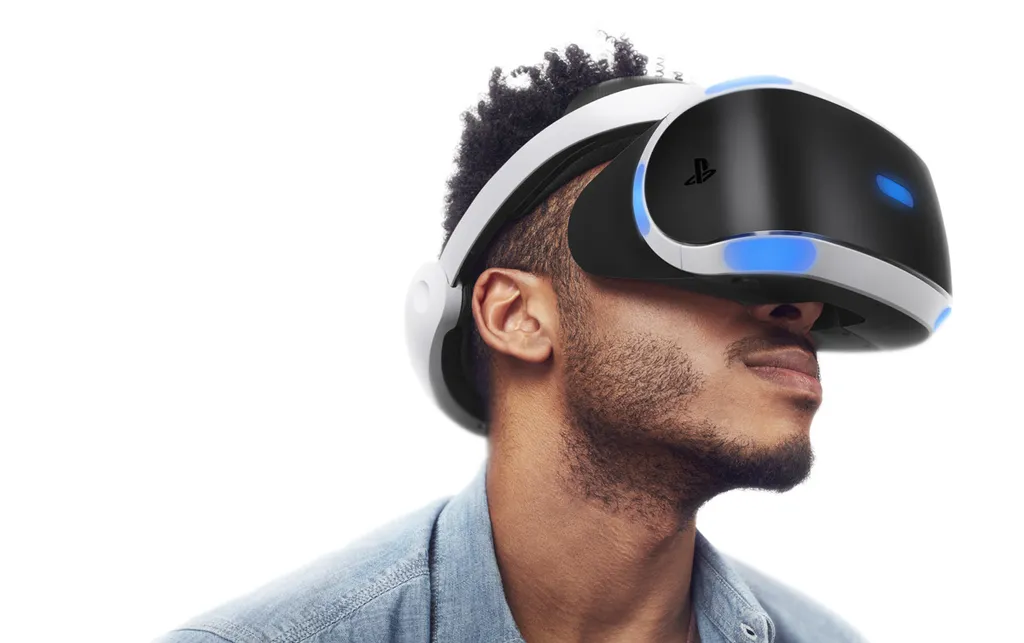Many people in the virtual reality (VR) industry believe that inside-out tracking is the future of consumer-grade HMDs. We’ve seen prototypes from Oculus with Santa Cruz and Intel’s Project Alloy-powered devices and now Sony is dipping their toes into the inside-out tracking race. Today we caught wind of a new Utility Patent Application from Sony Interactive Entertainment that would allow for inside-out tracking of interactive VR devices.
The full patent application was originally filed back on December 6th, 2016, just two months after Oculus’ Santa Cruz prototype was announced. The patent application’s Abstract is difficult to parse, but what’s being described sounds similar to existing prototypes and methods of using an inside-out tracked VR headset:
“Methods, systems, and computer programs are provided for generating an interactive space. One method includes operations for associating a first device to a reference point in 3D space, and for calculating by the first device a position of the first device in the 3D space based on inertial information captured by the first device and utilizing dead reckoning. Further, the method includes operations for capturing images with a camera of the first device, and for identifying locations of one or more static features in the images. The position of the first device is corrected based on the identified locations of the one or more static features, and a view of an interactive scene is presented in a display of the first device, where the interactive scene is tied to the reference point and includes virtual objects.”
What’s interesting is that the creators of the patent are listed as George Weising and Thomas Miller. Weising has been at Sony in some capacity for over 10 years as a Senior Designer at Sony Santa Monica and now an Executive Producer at Sony Interactive Entertainment. In the case of Miller, he’s actually not with the company any longer, having left in February of 2016 after over 15 years as an Engineer — he’s been a Lead Software Engineer at Magic Leap ever since. The patent wasn’t filed until 10 months after he left.
Oddly enough, the below mock-up is the only image included in the patent application, which introduces more questions on its own than answers, since that device looks awfully similar to a PlayStation Vita or PlayStation Portable (PSP).
We’ve seen other patents from Sony as they continue to experiment in VR, such as a Vive-like tracking system that would presumably allow for roomscale movement. It’s also worth noting that filing a patent in no way means tech is necessarily being actively worked on since Engineering teams work on new ideas and file new patents all the time.
What do you think of this news? Would you buy a PlayStation VR (PSVR) 2.0 with inside-out tracking? Let us know down in the comments below!
























